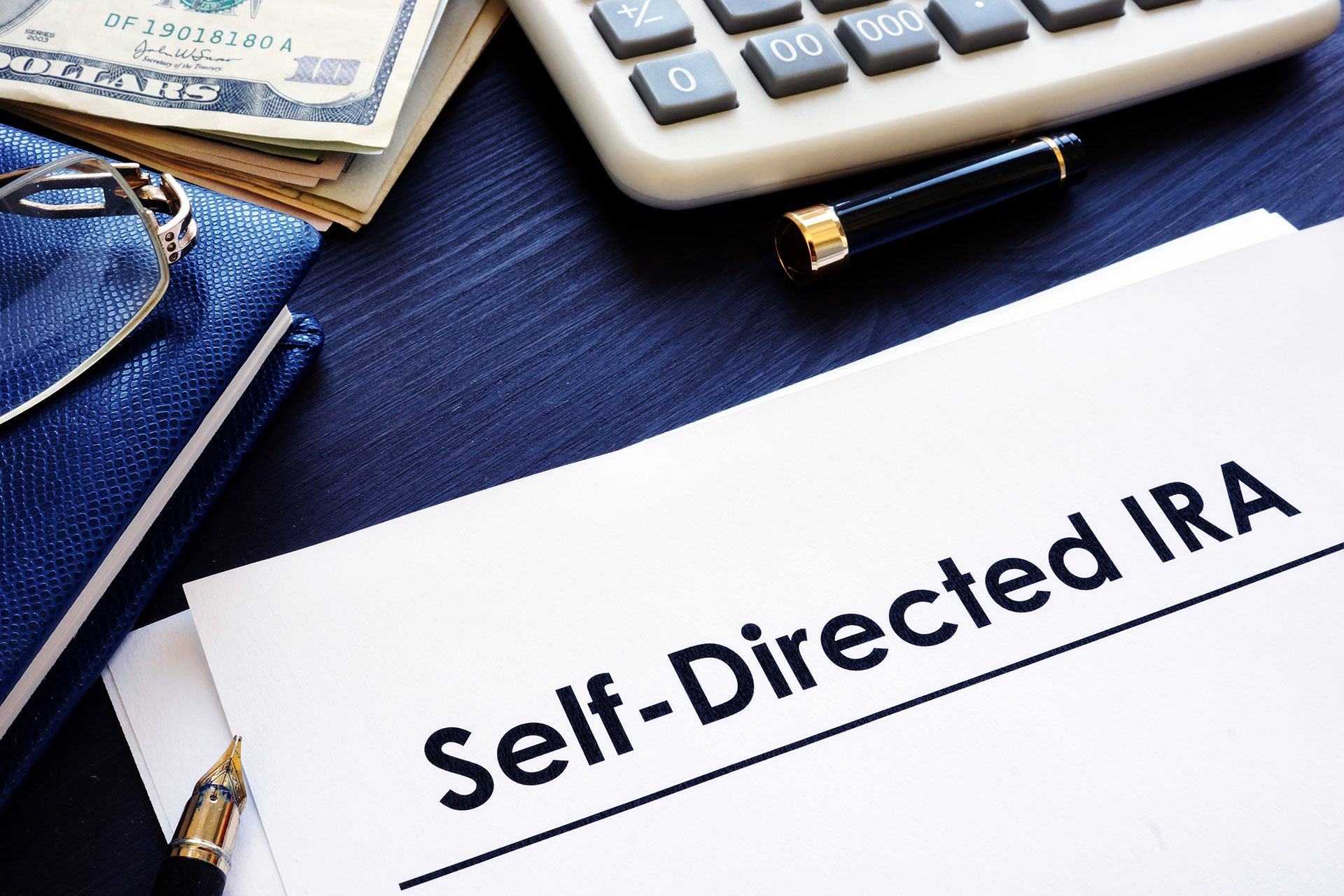When it comes to investing for retirement, there are several options available, including employer-sponsored 401(k) plans, traditional IRAs, and Roth IRAs. However, one lesser-known investment vehicle that may be worth considering is the self-directed IRA (SDIRA).
What is a self-directed IRA?
A self-directed IRA is a type of IRA that allows you to invest in a wider range of assets beyond the typical stocks, bonds, and mutual funds. With an SDIRA, you can invest in alternative assets such as real estate, private equity, precious metals, and more.
Unlike traditional IRAs and 401(k) plans, which are typically managed by a financial institution and limit your investment options to their offerings, SDIRAs are managed by you or a designated custodian, giving you more control over your investment decisions.
Is it right for you?
Whether a self-directed IRA is right for you largely depends on your investment goals and risk tolerance. If you’re comfortable with alternative investments and want more control over your retirement portfolio of if you’re self-employed, an SDIRA may be a good fit. However, it’s important to note that SDIRAs come with higher risk and more responsibility.
Before deciding if an SDIRA is right for you, it’s important to consider the following:
- Fees – Self-directed IRAs may come with higher fees than traditional IRAs or 401(k) plans due to the additional administrative responsibilities involved.
- Risk – Alternative investments can be riskier than traditional investments, so it’s important to do your due diligence and thoroughly research any potential investments.
- Liquidity – Alternative investments are typically less liquid than traditional investments, meaning it may be more difficult to sell your investment if you need to access your funds.
GreenSprout’s Insights on Investing for Retirement
At GreenSprout, we believe in a diversified investment strategy that considers all options available to you. We recognize that SDIRAs may not be the best fit for everyone and appeal to folks who are self-employed, but for those with a high tolerance for risk and a desire for more control over their investments, they can be a valuable tool for retirement planning.
One key benefit of SDIRAs is the ability to invest in assets that may have higher potential for returns than traditional investments. For example, real estate investments can provide a steady stream of passive income through rental properties, while private equity investments may offer higher returns than traditional stocks.
However, it’s important to remember that with greater potential for returns comes greater risk. Before investing in any alternative asset, it’s crucial to conduct thorough due diligence to ensure the investment aligns with your risk tolerance and investment goals.
The decision to invest in a self-directed IRA ultimately comes down to your individual investment goals and risk tolerance. At GreenSprout, we believe in a diversified investment strategy that considers all options available to you. If you’re considering an SDIRA, we encourage you to speak with a financial advisor to discuss whether it’s the right fit for your retirement portfolio.
In addition to the potential benefits of SDIRAs, it’s important to also consider the potential drawbacks. As mentioned, SDIRAs can come with higher fees and more responsibility, and alternative investments may be less liquid and riskier than traditional investments. Additionally, SDIRAs are subject to the same contribution limits and tax rules as traditional IRAs, so it’s important to understand the tax implications of any investments you make within an SDIRA. Ultimately, the decision to invest in a self-directed IRA should be made after careful consideration of your individual financial situation and investment goals.
More From The Author: https://greensproutblog.tumblr.com/
